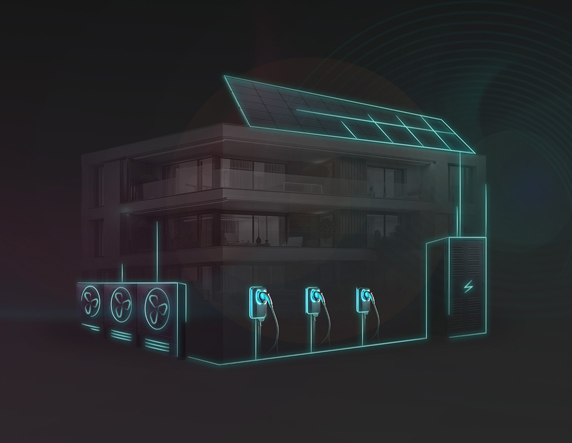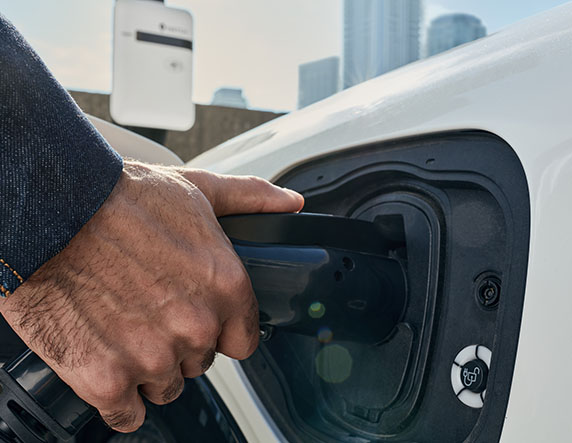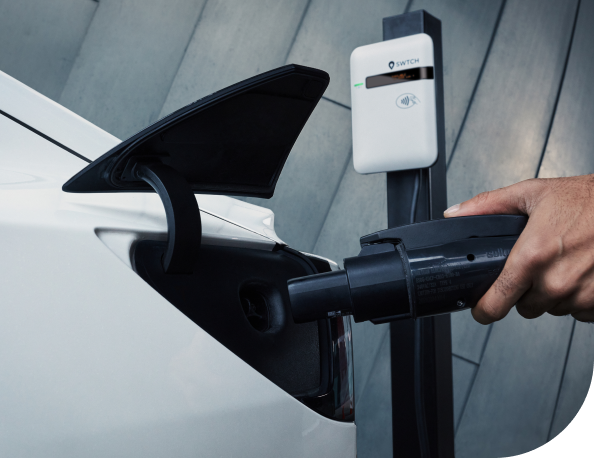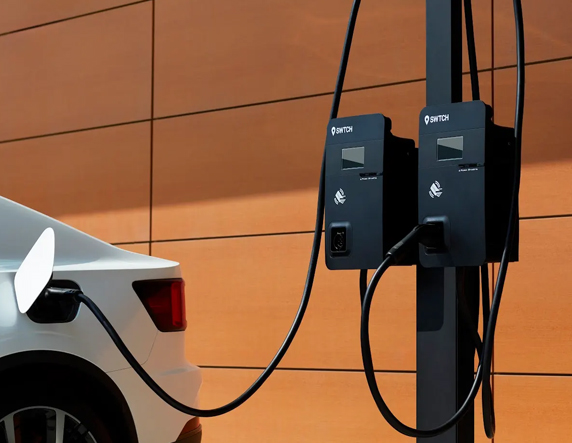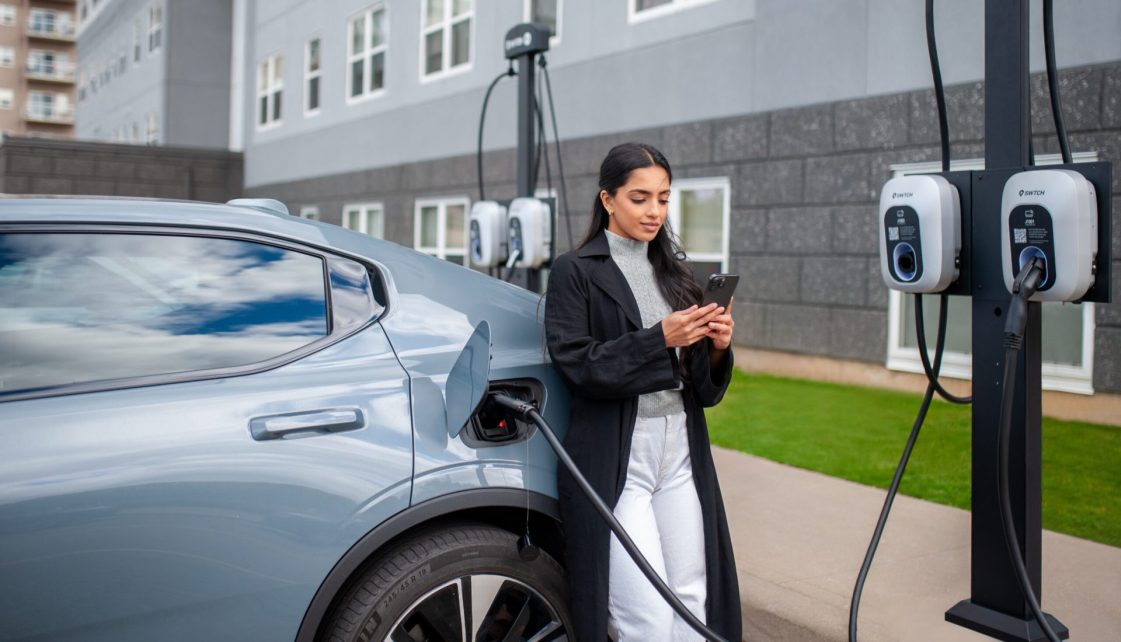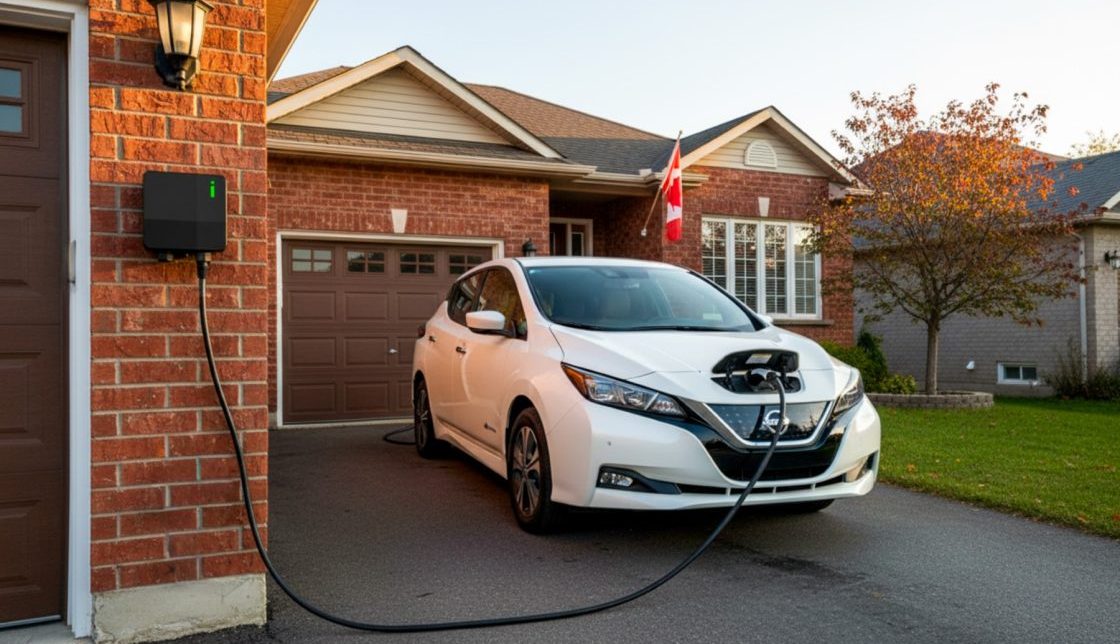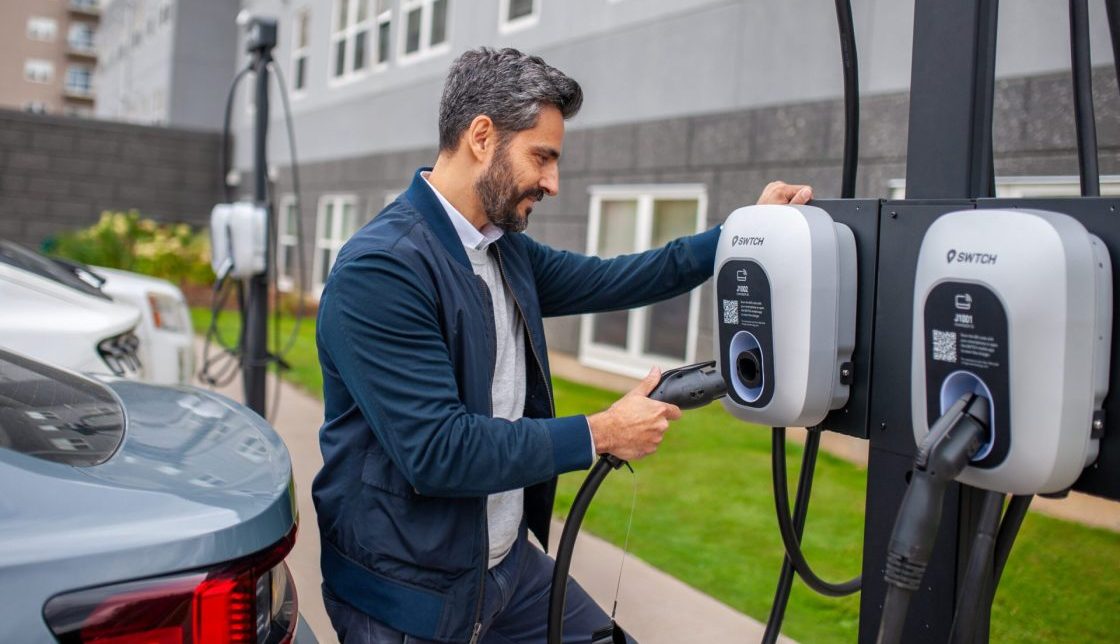EV Charging: The New Cornerstone of the Class A Amenity Package
The best Class A properties derive their success and stability from one fundamental principle: offering what high-income tenants expect before they have to ask for it.
This means the amenity package that defines a Class A property isn’t static—it evolves with tenant expectations and lifestyle changes. What separates truly resilient properties from those that gradually lose their competitive edge, then, is the ability to anticipate these shifts rather than react to them.
We’re at one of those inflection points now, and EV charging infrastructure sits at the center of it. Though few multifamily properties overall have adopted EV charging at this point, market trends and tenant demand make it clear that charging availability is becoming a new cornerstone of the Class-A living experience.
Key Takeaways
- EV charging has transitioned from emerging amenity to essential Class A feature, now as fundamental as package management systems or fitness centers
- High-income tenants—like tech professionals, executives, and consultants—are adopting electric vehicles at high rates, making home charging a baseline expectation
- Properties without adequate charging infrastructure face measurable competitive disadvantages: slower lease-ups, weaker renewal rates, and direct tenant migration to competitors
- Implementation quality matters significantly: load management, intuitive access controls, integrated billing, and capacity planning separate strategic installations from basic solutions that require costly retrofits
- The strategic window for proactive implementation is narrowing: properties that act now gain a competitive advantage, while those that delay face reactive installations at higher costs in defensive market positions
Understanding the Class A Tenant Profile Today
High-income tenants who drive Class A property performance—very often tech professionals, executives, and consultants—are choosing electric vehicles at higher rates than the average (Numerator). This behavior has moved from niche to mainstream among the exact demographic that Class A properties depend on for stable, premium-rate occupancy.
For these residents, vehicle choice reflects both environmental values and the adoption of premium consumer technology. They’re accustomed to integrated, seamless experiences across all aspects of their lives. And, when they evaluate where to live, they assess whether a property understands and anticipates their lifestyle needs.
The absence of home charging creates genuine friction for a growing number of these individuals. To get by with public charging networks requires planning around availability, waiting for chargers, and building errands around charging stops. It is inherently less convenient and less premium than charging at home, and for professionals who value their time highly and expect convenience, this presents a significant challenge.
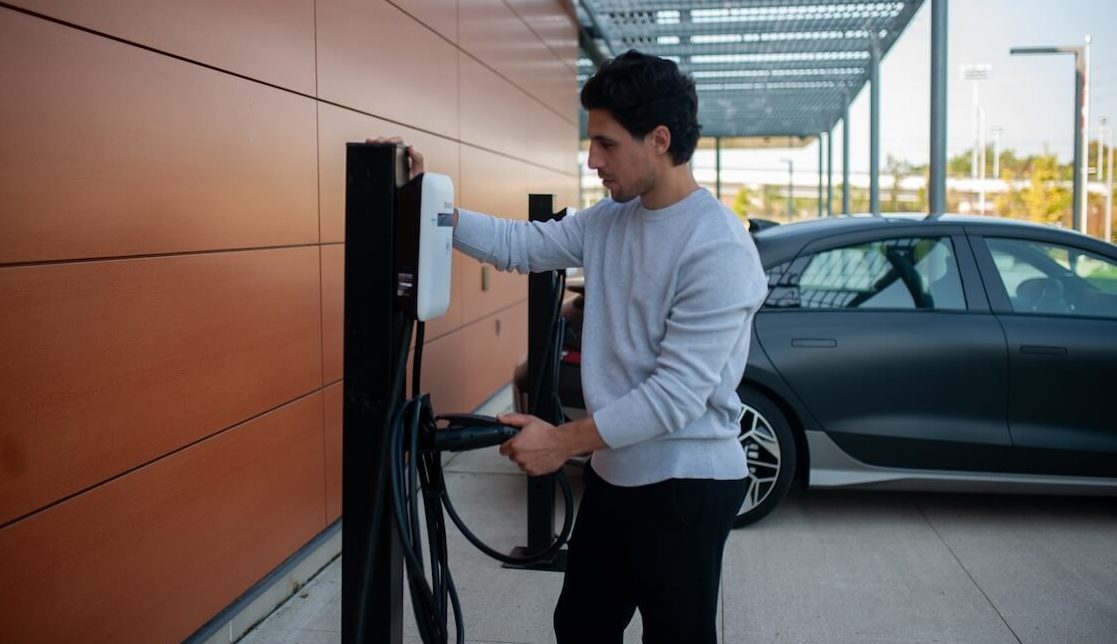
The Competitive Positioning Question
Class A properties command premium rents by offering a superior living experience. Every amenity serves as both a practical feature and a signal about the property’s understanding of its residents’ lives:
- Sophisticated fitness centers signal understanding of wellness priorities
- Package management systems signal recognition of modern lifestyle needs
- Smart climate systems signal appreciation for convenience and control
EV charging infrastructure now carries similar signaling weight. Its presence—or absence—communicates whether a property operates with foresight or falls behind market expectations. More importantly, it directly impacts tenant satisfaction for a rapidly growing portion of the resident base.
The Competitive Reality
Properties without adequate charging infrastructure face straightforward disadvantages:
In tight markets: A property that solves charging needs achieves faster lease-ups and stronger renewal rates.
In softer markets: Charging infrastructure becomes the deciding factor between maintaining occupancy and losing high-value tenants to competitors.
When prospective tenants compare similar properties, the one that addresses their charging needs holds a clear edge.
I’ve seen firsthand the kind of benefit delivered by installing EV charging ahead of the crowd. One property I worked with, Quadrum Global’s 171-unit luxury condominium The Huron, integrated charging infrastructure during initial construction, implementing it seamlessly alongside their existing valet service.
Lorenzo Bello, Senior Vice President at Quadrum, said the infrastructure has become a competitive differentiator: “There are buyers who look at it as a requirement [because] they already own EV cars.”
Strategic implementation during development allows charging to integrate with a property’s service model; reactive retrofits require working around established systems at higher cost and with compromised user experience.
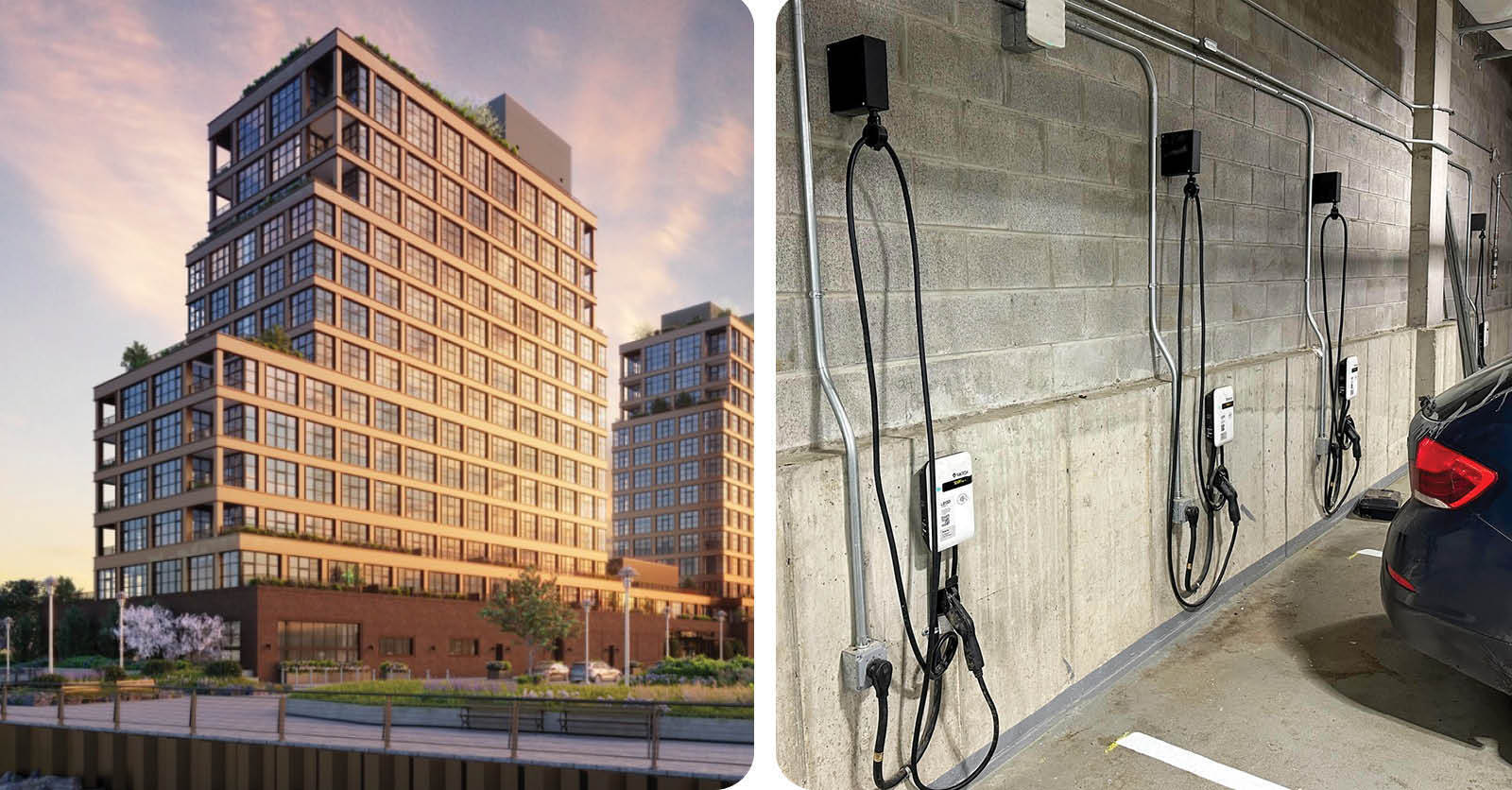
Beyond Basic Installation
The quality of EV charging infrastructure matters as much as its presence. Class A tenants expect reliability and sophistication across all building systems, and charging infrastructure is no exception.
Basic, unreliable charging solutions create friction that erodes tenant satisfaction. Systems that force residents to navigate access issues, wait for available chargers, or troubleshoot failures reflect poorly on overall property management standards.
Properties that approach charging infrastructure strategically recognize that implementation quality reflects on their overall management reputation. Critical elements include:
- Load management systems that ensure consistent performance during peak usage
- Intuitive access controls that integrate with existing building access and security systems
- Clear billing integration with standard payment processes
- Adequate capacity planning for future demand growth
Understanding Load Management
The load management consideration deserves particular attention because it separates functional infrastructure from systems that create new problems. When multiple residents charge simultaneously without load management, the total power demand can exceed the building’s electrical capacity. This forces a choice between expensive electrical panel upgrades—often costing $100,000 or more—or accepting that the charging system will trip breakers during peak usage, frustrating residents and creating service calls.
Smart load management systems solve this by dynamically distributing available power across active charging sessions. If ten chargers are installed but the electrical capacity supports seven simultaneous charging sessions, the system automatically balances load to ensure all vehicles charge reliably, just at modulated rates. Residents get functional charging without electrical infrastructure failures, and properties avoid both the capital cost of oversized electrical upgrades and the operational headache of system outages.
The infrastructure decisions you make today determine how easily your property can scale as EV adoption continues to grow. Properties that install minimum viable charging solutions often find themselves retrofitting within just a few years, disrupting residents and incurring costs that proper initial planning could have avoided.
The Strategic Window: Market-Specific Considerations
Property owners face a timing decision. Acting proactively enables strategic planning, cost-effective implementation, and the ability to position charging infrastructure as a competitive leasing advantage. Waiting forces reactive implementation under pressure—often at higher costs and with less optimal outcomes.
The urgency of this decision varies by market—you can see state-by-state EV registration totals from the US Department of Energy here and a per-capita breakdown here—but the direction is universal:
Urban tech hubs (San Francisco, Seattle, Austin, Boston): EV charging has already transitioned to baseline expectation. Properties without adequate infrastructure are operating at a measurable disadvantage now. Implementation here is defensive repositioning rather than proactive advantage-building.
Major metros with high-income demographics (Denver, Portland, Washington DC, Chicago, New York): EV adoption is accelerating rapidly among Class A tenant profiles. Properties that implement robust charging infrastructure in the next 12-18 months gain a 2-3 year competitive advantage before the amenity becomes universally expected.
Secondary markets and emerging tech centers (Nashville, Raleigh, Salt Lake City): Current EV adoption among Class A tenants is moderate but growing. Strategic implementation now positions properties as forward-thinking and establishes infrastructure before competitive pressure forces reactive responses.
Regardless of market, the window for proactive implementation is narrowing. As EV adoption accelerates among high-income demographics, home charging will shift from preference to baseline requirement. Properties that establish robust charging infrastructure now will maintain their Class A positioning. Those that delay will find themselves explaining to prospective tenants why a fundamental amenity is missing—a defensive position no Class A property wants to occupy.
Maintaining Class A Status Through the Next Decade
Class A properties succeed because they consistently meet the evolving expectations of the tenants who drive premium rental markets. EV charging infrastructure has moved from emerging amenity to essential feature for this demographic.
The question facing property owners isn’t whether to implement charging infrastructure, but whether to do so strategically as a competitive advantage or reactively as a catch-up necessity.
The properties that maintain their Class A status through the next decade will be those that recognize this shift and act accordingly. The resilience that has always defined Class A performance demands nothing less.
Ready to give your property the advantages of great EV charging?
Contact SWTCH today for a free consultation
Frequently Asked Questions
Why is EV charging now considered essential for Class A properties?
High-income tenants increasingly drive electric vehicles and expect seamless home charging as a standard amenity. Properties without charging infrastructure face competitive disadvantages in lease-ups and renewals, similar to lacking package management systems or fitness facilities.
What separates quality EV charging infrastructure from basic installations?
Quality implementations include load management systems for consistent performance, intuitive access controls, integrated billing, and capacity planning for future growth. Basic solutions often require costly retrofits and create resident friction.
When should property owners implement EV charging infrastructure?
Proactive implementation allows for strategic planning and cost optimization while positioning charging as a leasing advantage. Waiting typically results in reactive installations under pressure at higher costs with suboptimal outcomes.
How does EV charging infrastructure impact property competitiveness?
In tight markets, charging infrastructure drives faster lease-ups and stronger renewals. In softer markets, it becomes the deciding factor when high-value tenants compare similar properties.
What happens to properties that delay EV charging implementation?
As EV adoption accelerates among Class A demographics, these properties risk losing their Class A positioning. They’ll face the challenge of explaining missing fundamental amenities to prospects—a defensive position that undermines premium rent justification.
Does the urgency vary by market?
Yes. In urban tech hubs, adequate charging is already a baseline expectation. In major metros with high-income demographics, properties have a 12-18 month window for proactive advantage. In secondary markets, strategic implementation now establishes forward-thinking positioning before competitive pressure intensifies.
